11 prizes that help us understand and value our Earth
From understanding climate change to using AI to better protect our planet. Over the years, the Nobel Prizes have recognised those who have sounded the alarm about the risks humanity is taking – and those who are charting a path towards wiser stewardship of our planet. Here are eleven of these achievements.
Connecting the industrial revolution to climate change
Svante Arrhenius, chemistry 1903
Prize motivation: “in recognition of the extraordinary services he has rendered to the advancement of chemistry by his electrolytic theory of dissociation”
Svante Arrhenius is a giant in climate science. He was the first to calculate what would happen to Earth’s climate if carbon dioxide levels rose significantly. This led him to realise that burning fossil fuels would cause the climate to change.
At the time, the industrial revolution was really just warming up. Arrhenius thought that any effect on the climate would be in the very distant future. He could not have possibly known the scale of change in the 20th century.
Arrhenius was a polymath with deep expertise in many areas of physics and chemistry. He was awarded the Nobel Prize for a completely unrelated achievement: how liquids conduct electricity.
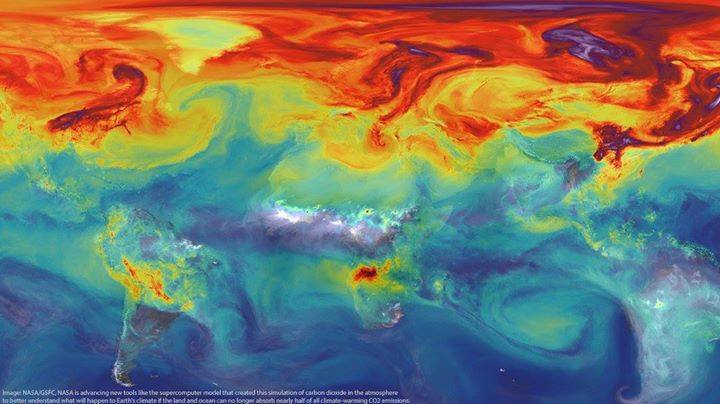
Understanding how climate has changed in the past
William Libby, chemistry 1960
Prize motivation: “for his method to use carbon-14 for age determination in archaeology, geology, geophysics, and other branches of science”
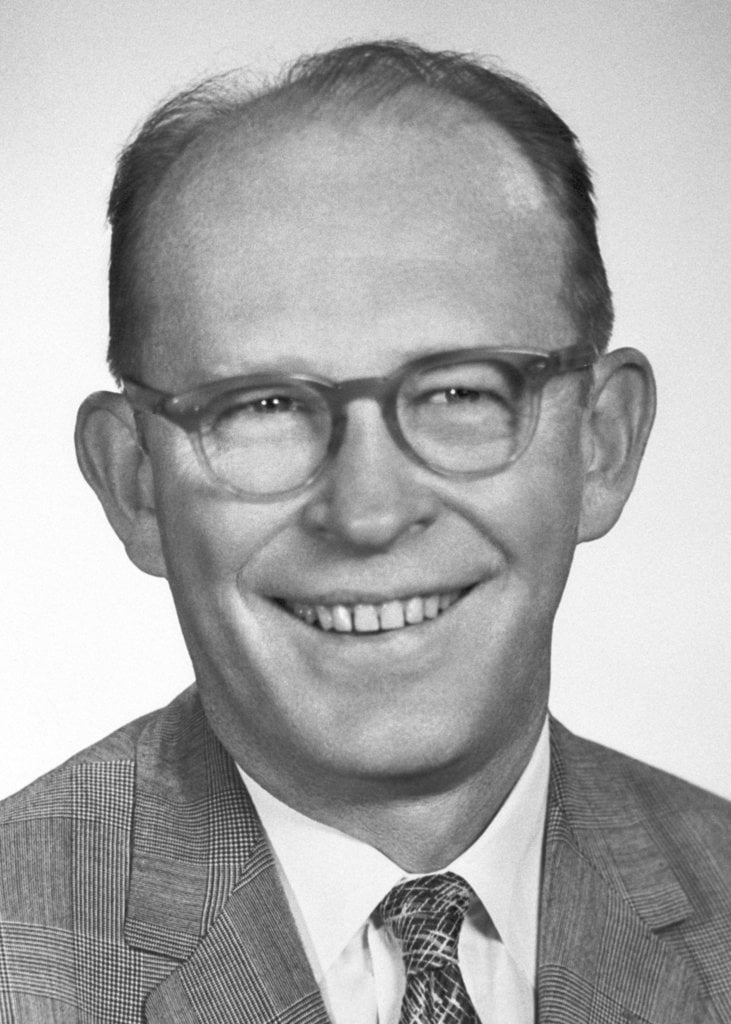
We know climate has changed in the past. But how do we know this? One part of the puzzle is solved if we can accurately date when living organisms such as trees or coral reefs died, perhaps as glaciers advanced or droughts swept a region or volcanoes erupted. William Libby made a fundamental discovery – carbon-14 dating – that allows scientists to do just that. When an organism dies, the naturally occurring carbon-14 in its body – wood, shell or bone – begins decaying in a precise way that tells us its age. This is still an invaluable tool for climate scientists today.
Powering the green revolution
Norman Borlaug, peace 1970
Prize motivation: “for having given a well-founded hope – the green revolution”
For all of human history, famine was a spectre haunting us. Now, very large famines are thankfully less common and linked directly to political instability. How have we made progress? Plant geneticist Norman Borlaug made a significant contribution to developing crops with higher yields than before. His ideas helped improve crop yields in India, Mexico and Pakistan. This work was central to what later became known as the ‘green revolution’, empowering nations across the world to feed themselves.
The ozone hole is beginning to recover
Paul Crutzen, Mario Molina, Sherwood Rowland, chemistry 1995
Prize motivation: “for their work in atmospheric chemistry, particularly concerning the formation and decomposition of ozone”
Paul Crutzen began his Nobel Prize lecture in 1995 mentioning his grandson: “To the generation of Jamie Paul and our future grandchildren, who will know so much more and who will celebrate the disappearance of the ozone hole. I hope you will not be disappointed with us.”
Decades on data shows that the ozone hole is showing strong signs of recovery. Crutzen, Molina and Rowland’s work paved the way for the Montreal Protocol on Ozone-depleting subtances which remains one of the most successful international environment agreements in history.
Crutzen’s interests were broader than just the chemistry of the upper atmosphere. His analyses highlighted the risks of a “nuclear winter” and in 2002, he proposed that Earth has entered a new geological epoch, the Anthropocene. This is a profound idea that has provoked scientific debate and inspired artists, writers and musicians. It challenges us to think differently about our responsibility for the planet and for future generations.
“Children will never know what they have lost”
Wangari Maathai, peace 2004
Prize motivation: “for her contribution to sustainable development, democracy and peace”
Kenyan academic and activist Wangari Maathai’s Green Belt Movement planted millions of trees. But this incredible project did more – it connected environmental protection to economic and political progress and female empowerment. It gave jobs to women and promoted democracy. In her Nobel Prize lecture, Maathai, the first African woman awarded the Nobel Peace Prize, recognised that degraded environments lead “to a scramble for scarce resources and may culminate in poverty and even conflict.”
She went on to say, “In the course of history, there comes a time when humanity is called to shift to a new level of consciousness, to reach a higher moral ground. A time when we have to shed our fear and give hope to each other. That time is now.”
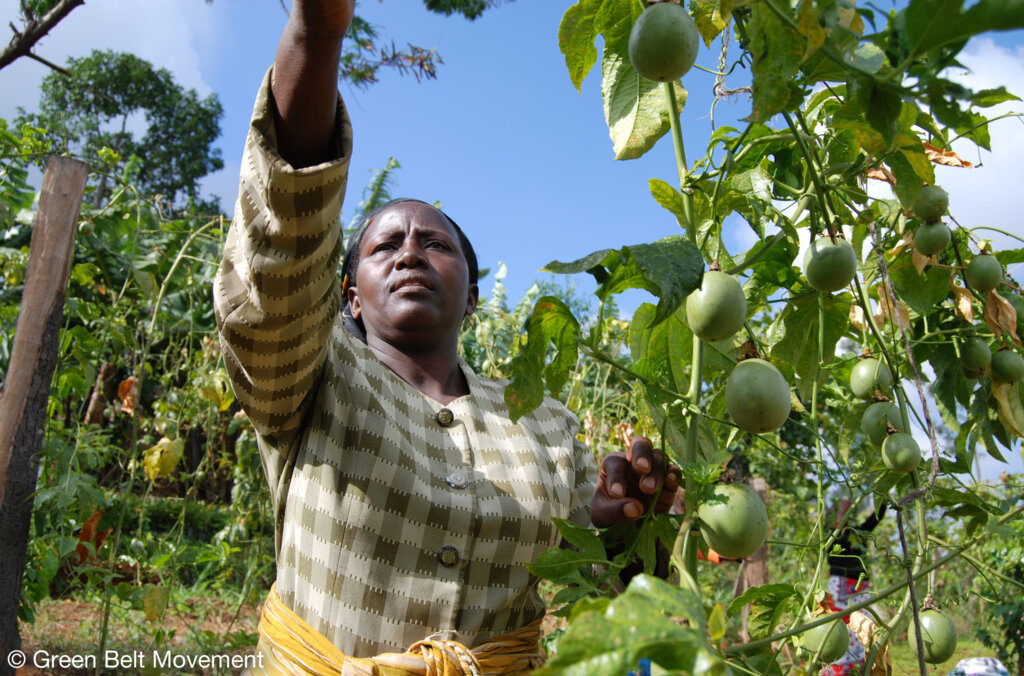
Assessing the scientific knowledge about climate change
IPCC and Al Gore, peace 2007
Prize motivation: “for their efforts to build up and disseminate greater knowledge about man-made climate change, and to lay the foundations for the measures that are needed to counteract such change”
Climate change is such a serious and complex threat to humanity that a unique process was developed to find scientific consensus on climate science that could inform international policy – the Intergovernmental Panel on Climate Change. Thousands of scientists collaborate to establish what we know about climate and human causes with reasonable certainty. Their work also provides valuable knowledge about how society can mitigate the threat and adapt to a changing world. In 2007, the IPCC was awarded the Nobel Peace Prize along with US politician Al Gore.
Managing the global commons requires trust, cooperation and shared knowledge
Elinor Ostrom, economic sciences 2009
Prize motivation: “for her analysis of economic governance, especially the commons”
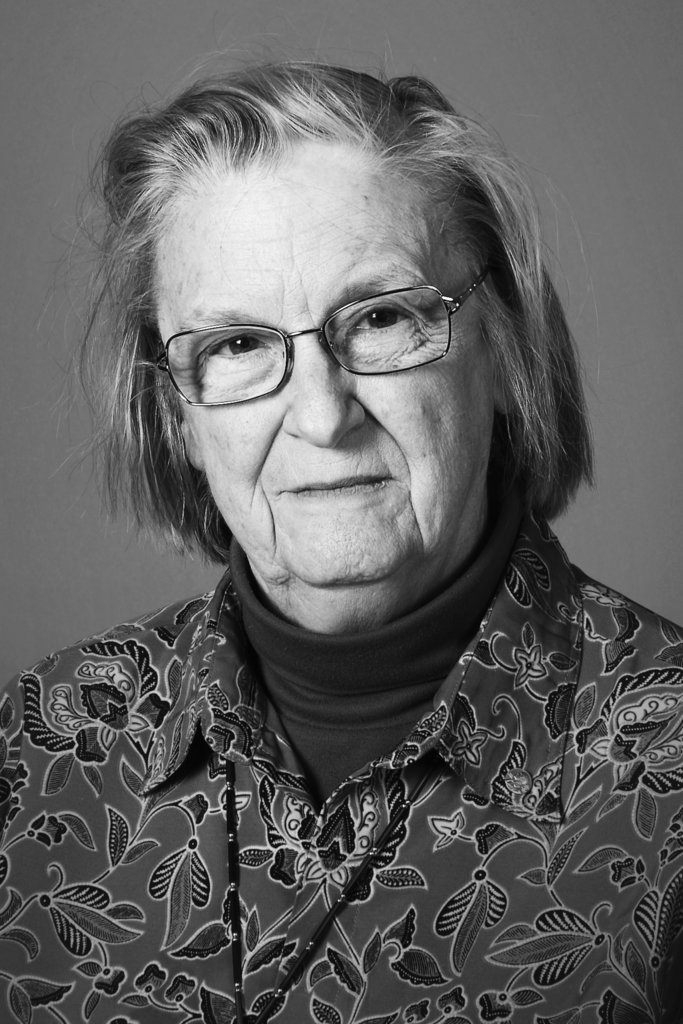
Elinor Ostrom shattered conventional wisdom by showing that communities can sustainably manage shared natural resources – like forests, fisheries, and water systems – without strong government regulations or privatisation. Her work is a cornerstone for modern thinking on sustainability, emphasising trust, cooperation, and shared knowledge as essential tools to support shared stewardship. In an era of global environmental challenges, Ostrom’s ideas remain a powerful guide for collective action and planetary stewardship.
Rewilding our minds
Olga Tokarczuk, literature 2018
Prize motivation: “for a narrative imagination that with encyclopedic passion represents the crossing of boundaries as a form of life”
Facts don’t always move people to act, but stories do. We are a species finely tuned to respond to stories. Olga Tokarczuk’s novels weave together myth, history, psychology, and ecology. In Drive Your Plow Over the Bones of the Dead, she explores the complex relationship between humans and nature through a murder mystery steeped in animal rights and ecological ethics. Her work directs readers to see the world as an interconnected whole – resonating deeply in the age of the Anthropocene.
The lithium-ion battery revolution
John B. Goodenough, M. Stanley Whittingham and Akira Yoshino, chemistry 2019
Prize motivation: “for the development of lithium-ion batteries”
Lithium-ion batteries have revolutionised our lives since they first entered the market in 1991. They are now everywhere powering phones, computers and electric vehicles. Developed step-by-step by John B. Goodenough, M. Stanley Whittingham and Akira Yoshino, lithium-ion batteries are accelerating humanity’s transformation away from fossil fuels – a truly astounding long-term benefit to humankind.
Climate models
Syukuro Manabe and Klaus Hasselmann, physics 2021
Prize motivation: “for the physical modelling of Earth’s climate, quantifying variability and reliably predicting global warming”
Climate models are one of the most important tools scientists have to explore how the climate has changed in the past and how it might change in the future. Today’s state-of-the-art climate models are extremely sophisticated. But they did not arrive fully formed. Their development has taken many decades from humble beginnings.
In the 1960s, Syukuro Manabe pioneered the development of early climate models. Building on his work, Klaus Hasselmann connected weather and climate together in models. Together, their work laid the scientific foundation for understanding and predicting climate change and how fossil fuel emissions from industry can change the Earth system.
Aligning AI with a stable planet
Demis Hassabis, chemistry 2024
Prize motivation: “for protein structure prediction”
Artificial intelligence is revolutionising science. This was acknowledged by the 2024 Nobel Prizes in physics and chemistry. All the AI-related laureates highlighted the potential for AI to support our goal of becoming better planetary stewards. Demis Hassabis, as CEO of Google DeepMind, is directing AI research towards protecting the planet. AI is already improving climate models, and it also has the potential to help design new sustainable materials and find ways of reducing pollution. The challenge now is to ensure this intelligence is governed wisely. Along with AI alignment with human values, there is also room for discussions on Earth alignment.
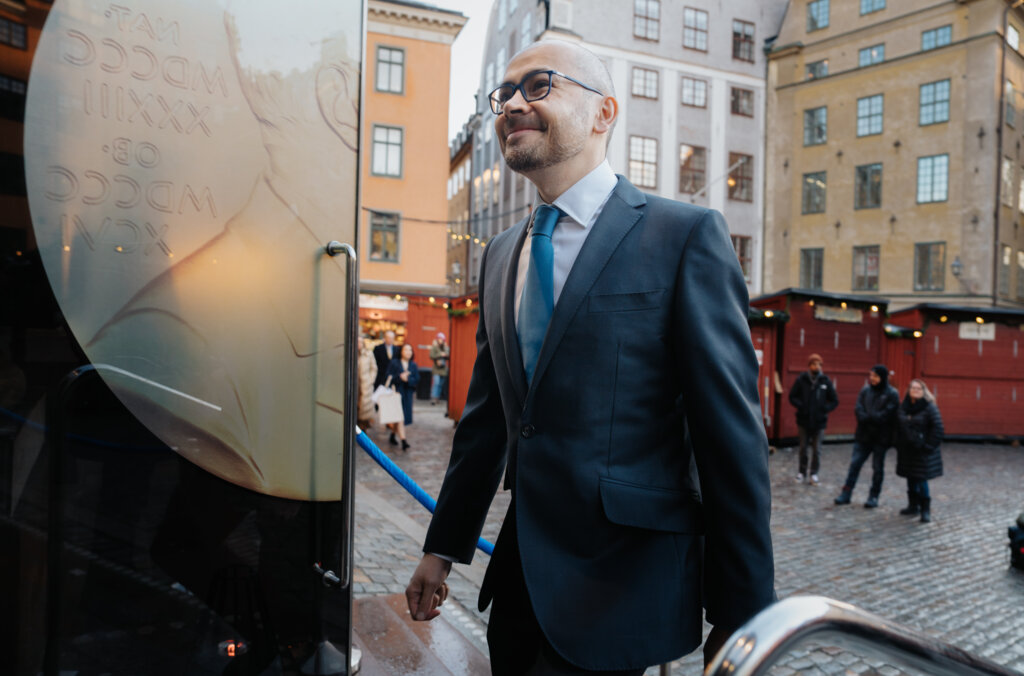
Nobel Prizes and laureates
Six prizes were awarded for achievements that have conferred the greatest benefit to humankind. The 12 laureates' work and discoveries range from proteins' structures and machine learning to fighting for a world free of nuclear weapons.
See them all presented here.
